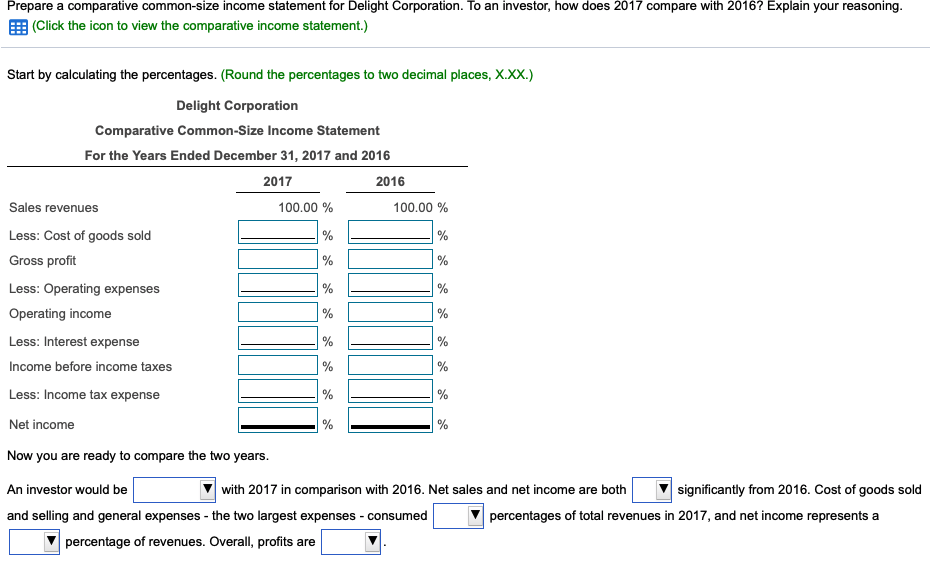Attach plans, contracts, or photos, and get instant notifications when an invoice is viewed or paid. Many, or all, of the products featured on this page are from our advertising partners who compensate us when you take certain actions on our website or click to take an action on their website. You and your team need a tool that fits the specific jobs you intend to use it for. You don’t use a cordless drill when you need a hammer, and you save the wood chisels for the jobs only chisels can do.
The 7 Best Construction Accounting Software for Construction Companies in 2023
- Take a look at how each of these providers stacks up, and see how they match the needs of your crew.
- That means you should plan time, if possible, to chat with multiple companies to receive and compare quotes.
- But software has come a long way, and the right accounting tool can turn the job from painful to painless.
- This helps ensure that nothing slips through the cracks in the construction process.
- While this software may work for some businesses, our QuickBooks Alternatives study surveyed over 4,000 cases of QuickBooks users searching for construction accounting replacements.
Foundation Software is our top pick because is the income tax voluntary it syncs financial functions, like accounts payable (A/P) and receivable (A/R), with construction-specific features. This includes job costing with a flexible report designer, change order processing, and cost tracking against estimates. When choosing a construction accounting software platform, there are three areas of consideration that you should consider. You want a platform that fits your overall budget and provides as much value without needing to upgrade with other subscriptions or customized solutions. Foundation breaks its software down into modules that you can put into a custom solution. Set up projects with the right budget set using the job costing module.
In depth: Our top construction accounting software picks
There are a LOT of working points and a lot of tiny steps that are required to make certain workflows function properly. Once you get the hang of it, it’s a breeze, but getting there can be tough.” – Emily W. If you run your own construction company, you already know how much time and focus the job takes. Often, bookkeeping and accounting become an added stress, leaving you less time to run the business and raising the risk of mistakes with your accounts. When it comes to the construction industry, accounting is one of the most important aspects of a successful business.
Aimed at smaller construction teams, Sage 100 Contractor provides many of the same benefits and tools included in its larger offerings. Not every organization needs multi-company and inter-company features, but nearly every contractor needs a more effective way to price jobs, track expenses and measure profitability over time. Sage 100 does just that for contractors running a more close-knit operation.
Users particularly like the customization of reports and how robust the GL is, offering details on every aspect of a transaction. You’ll be able to streamline payroll administration making sure everyone is paid timely and correctly. QuickBooks for Construction comes in at the best value of all the options on our list. You can get the Plus plan for $49.50 per month for the first three months when it bumps up to $99 per month. The Advanced plan is available for $117.50 per month for the first three months before increasing to $235 per month.
Sage 100 Contractor: Best for microbusinesses
For instance, software might have dozens of listed accounting features, but only a few are useful for construction-related tasks. We found Intacct Construction’s estimating and bidding tools useful. It has a comprehensive price database to help create competitive estimates, bids, and budgets. We also appreciate its role-based dashboards, KPI tracking, and dimensional reporting, where construction businesses can tag transactions to view data from any angle. Spectrum’s construction operations cover many capabilities, including equipment tracking, resource scheduling, and cost projections. It links Spectrum with the company’s estimating software, transferring estimates directly into the job costing system.
Spend your time building, not balancing your books
Regarding accounting, Foundation provides AIA billing, retainage tracking, and customizable invoices on the accounts receivable side of things. It also handles subcontractor retainage tracking and electronic 1099s through its accounts payable feature. Finally, Foundation includes a payroll module and general ledger, with consolidated reporting for multiple companies.



